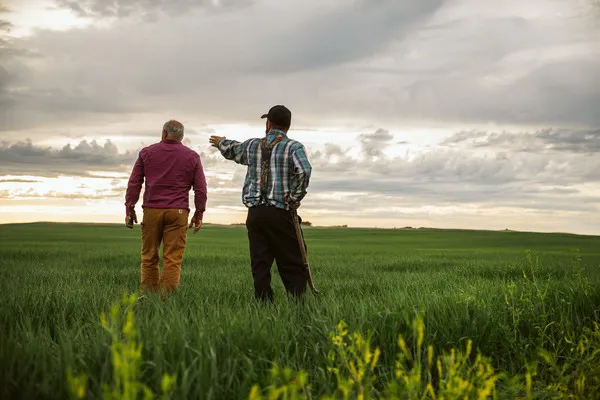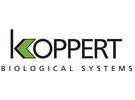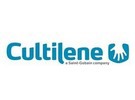A plant that is in balance is strong and healthy. Plant Empowerment implementation partners Saint-Gobain Cultilene and Koppert Biological Systems are working together to improve the resilience and health of crops grown in stone wool. Encouraging soil life is a key part of this. The presence of sufficient oxygen plays a crucial role in this context.
All partners in Plant Empowerment have their own focal areas. Cultilene focuses mainly on the substrate and irrigation, while the focus at Koppert is on plant health. “Koppert has always specialized in the production and introduction of natural enemies. It was mainly mites and insects to begin with, but nowadays we are increasingly working with microbes to control pests and diseases,” says Mark van der Werf, plant health consultant at Koppert. “But this essentially only controls the symptoms. That is why our focus in recent years has increasingly been on improving plant health and resilience, so that pests and diseases have less of a chance. The soil and substrate play a key role in this; the presence of fungi and bacteria around the roots is particularly crucial. These microorganisms help to improve nutrient uptake and boost the crop’s immune system.”
Plant health
Improving the health and resilience of a crop growing in a stone wool substrate is a particularly tough challenge. Microorganisms – especially fungi – are generally not in their element in stone wool and find it difficult to adhere to these fibers. “We are therefore working with Cultilene to investigate ways of making soil life feel at home in stone wool and building up a good army of microorganisms. We improve the establishment and functioning of microorganisms by adding certain biostimulants, for example. At the same time, we are looking to increase plant resilience by changing the composition of the plant. We are doing this by adjusting the irrigation strategy and reducing the quantity of nitrate and phosphate in the nutrient solution, for example.”
According to Van der Werf, this twin-track strategy changes the composition of the plant: it is less “inflated” and less attractive to pests and diseases. “And all this also fits perfectly within the principle of Plant Empowerment, which is about responding to the needs of the plant and creating balance. There is a lot of focus on the climate in Plant Empowerment, but we take a broader view and look at irrigation strategy and plant health.”

Oxygen content as a prerequisite
Emiel Bronswijk, Propagation Product and Application Specialist at Cultilene, emphasizes that sufficient oxygen around the roots is also an important prerequisite for healthy soil life. “Microorganisms, which are always concentrated around the roots, need oxygen in order to function properly and develop optimally, just like the roots themselves.”
The oxygen content depends among other things on the irrigation strategy: if you give too much water, the oxygen is pushed out of the substrate. “In addition, the position of the roots is key: the higher the roots are in the cube or slab, the more oxygen is generally available. The presence of oxygen at the top of the substrate can also be stimulated in various ways, such as by choosing a substrate with an X-fibre or horizontal fibre structure, ensuring the right plug hole depth, following a gentle dry-out strategy after planting, and so on.”
Bronswijk admits that stimulating soil life in stone wool is quite a challenge. “It’s a real quest. Despite that, the results of the tests we have already carried out are promising. By working intensively with Koppert within the Plant Empowerment philosophy and sharing knowledge and insights, we keep going one step further.”
For more information:
Koppert Biological Systems
info@koppert.nl
www.koppert.com

Cultilene
cultilene.com
